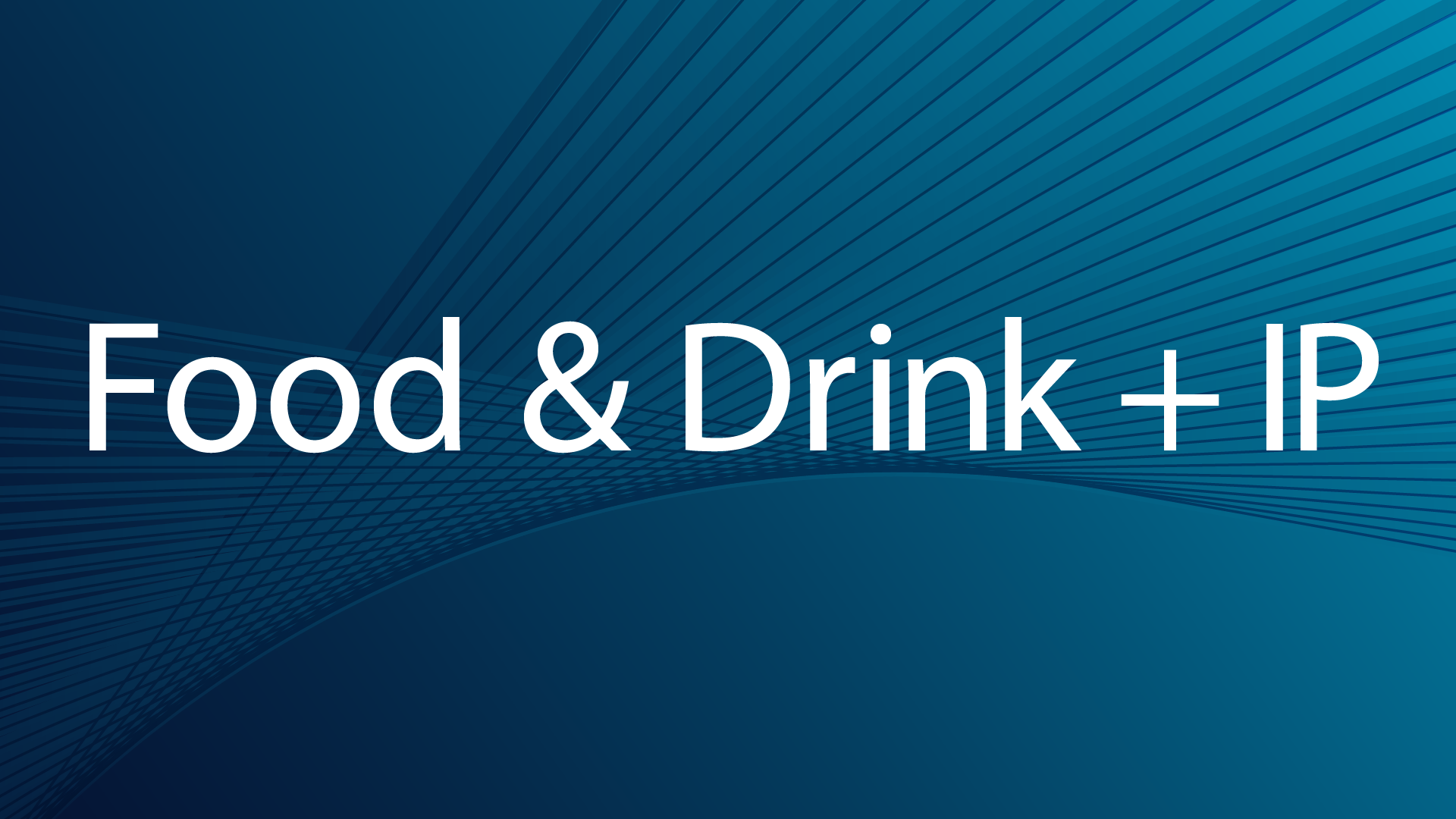Blogs
IP Ingredients: Why are food tech patent applications in Europe falling?
May 2025
Number of European patent applications and grants in Food Chemistry

In March 2025 the European Patent Office (EPO) published its Patent Index 2024 – an analysis of the number of patent applications filed in each technical field, the applicants filing the greatest number of applications, and the country of origin of European patent filings.
The key finding is that companies from around the world continue to invest in IP protection in Europe, with 199,264 patent applications being filed at the EPO in 2024 – about the same number as filed in the previous year. Perhaps unsurprisingly, Computer Technology takes the lead, accounting for 16,815 applications, a 3.3% increase on 2023 filings.
However, filings in the Food Chemistry category fell by 8.8% from 2023 levels. The number of applications filed in this field is relatively low compared to many of the other sectors, with only 2113 applications filed at the EPO in 2024. Given the size of the food and beverage market, how manufacturers are constantly reacting to changing consumer preferences, and the frequent launch of new products, why is it that the high level of innovation in food technology is not reflected in the patent statistics?
One reason could be the way that the EPO classifies patent applications. Applications are classified according to International Patent Classification (IPC) codes. Those that relate to Food Chemistry fall into classes A01 (agriculture), A21D (baking), A23 (foodstuffs), C12 (biochemistry including beer, wine and spirits) and C13 (sugar). However, it may be that some innovations that are directly relevant to food technology are actually classified by a different code. For example, inventions in the alternative protein field, such as those relating to precision fermentation or cultured meat, may fall under Biotechnology rather than Food Chemistry, giving a slightly distorted picture of the scale of patent filings in food tech.
Another possible explanation is that food manufacturers have traditionally relied more heavily on trade marks to protect brands, rather than on patents to protect the food or beverage product itself. It may be that branding protection is seen as better able to withstand shifts in consumer trends which cause the products themselves to be reformulated. As trade marks can have a much longer lifespan, this can potentially mean they are viewed as a better long term investment for those trying to reduce spend.
A further reason may be that food and drinks manufacturers more often choose trade secrets over patents, since unlike patents protection can remain in place indefinitely, depending of course on whether the technology can be kept secret.
However, could there also be a perception in the field that food products are not as easily patentable as innovations in other fields, such as electronics? I suspect that, in some cases, this may be true, and that some companies are missing out on patent protection that could provide a valuable commercial advantage over their competitors, an advantage that can be kept in force for many years.
Just like consumer products in other fields, from engine oil additives to dishwasher tablets, many food products are compositions, made up of multiple components, which have been especially formulated to achieved a desired effect. Food and drink compositions frequently have to achieve many things: taste good, deliver the right nutritional profile, have a nice texture, be shelf-stable, and, increasingly, be made from sustainable/low-fat/low-sugar/ethically-sourced/animal-free ingredients. The innovation required by food formulators to meet these (often conflicting) consumer demands should not be overlooked. Without patent protection, there is little to stop competitors from gaining the benefit of those innovative efforts.
Our previous blog “Can you patent a recipe?” discusses the patentability of food and drink compositions and provides some useful questions to help innovators consider whether their product might be patentable. Assessing your projects using these questions will help you to identify products that may be worth patenting. A regular review of your R&D pipeline, ideally with your patent attorney, can help you to capture new inventions, consider whether those inventions may be patentable, and identify where further supporting experimental work is required.
Of course, innovation in the food tech field is not restricted to compositions, and much valuable IP resides in methods of food manufacture. The patentability of food production methods and the value of process patents is discussed in our article “Protecting a food or drink manufacturing process”.
For those who consider that patents are only relevant to the big players like Unilever (one of the Top 50 filers of European applications in 2024) and Nestlé, this is not so. The EPO’s Patent Index revealed that 22% of applications filed in 2024 by European applicants were made by SMEs or sole inventors, highlighting importance of patents to smaller entities.
While Food Chemistry may never beat sectors like Computer Technology in terms of the number of applications filed, our hope is that food and drink companies will increasingly recognise the value that patents can bring to a comprehensive IP strategy.
If you have any questions relating to the above, please contact the author at [email protected].
This article was written by Partner and Patent Attorney Jennifer Bailey































